
On the very last days of April and on the first days of May, environmentalists noticed Aquatic Warblers that had been translocated from Belarus to Lithuania last year, at the Zuvintas Biosphere Reserve, where they had been released. Several returned birds have been observed, including at least three rare singers with special green plastic rings, which were put on during last year‘s translocation. This means that the first ever translocation of long-distance migrants is a success and the hope to restore the population of Zuvintas little by little becomes a reality.
„The first round of searching of the birds in Zuvintas Biosphere Reserve in a swamp was under tension and required not only experience, but also the flair. Before the songbirds have divided their territories, they are hard to predict, so the cautious walking throughout the reeds and the attempt to see the special ring that we put on last year took some time. When one bird stood on a stem of a reed in more open place for a few seconds, I was successful in taking a few pictures. The green ring on its leg left no doubts. This is our translocated Aquatic Warbler. It is hard to describe the feeling of excitement I felt. This moment topped off the enormous work of our large team and uncompromising commitment when taking care of these birds. At the same time, for the whole community of Europe‘s environmentalists this moment means bright hope to save the Europe‘s rarest continental songbird. This success can determine the further conservation strategy of the species. ” – Žymantas Morkvėnas, the director of Baltic Environmental Forum Lithuania, who was the first one to photograph returned translocated Aquatic Warblers and who coordinated the translocation process, shares his emotions.

On Tuesday the environmentalist together with Arūnas Pranaitis, director of Zuvintas Biosphere Reserve in Lithuania, found the second bird with a special green ring. There were more Aquatic Warblers singing around them, but they could not see the rings in the dark. On Wednesday evening, the third translocated Aquatic Warbler was noticed.
„Even thought the methodology of translocation was developed according to the successful experience of translocation of other species and facts known from the science, anxiety about the success of this method remained until Tuesday evening.“ – continues Žymantas Morkvėnas.
Environmentalists did not expect to find the returned birds so quickly, since the birds have a difficult journey of 6000 km from Africa during which the mortality rate of these long distance migrants is around 60 %, and the searching process itself is very complicated – there was a high chance of not finding them at all.

„There is a tendency that first-year birds avoid competition with elders and therefore return not directly to their place of birth, but choose the surrounding territories. So finding them is much more difficult. It is also difficult to find the returned birds because Aquatic Warblers, especially female birds, hide very well and one can usually detect only male birds. Moreover, during past years only new birds and not returning ones were found in Zuvintas. In addition, this year has started with a drought, which created very unfavourable conditions for Aquatic Warblers. In dry wetlands these birds may lack food and therefore, the females may decide not to breed. In such case male Aquatic Warblers do not sing and it would be almost impossible to notice returned birds. Therefore, searching for returned Aquatic Warblers is a very difficult task. Due to this reason we started searching for birds very early and we were very lucky to find them. – says Žymantas Morkvėnas.

The director of Zuvintas Biosphere Reserve Directorate agrees with the colleague: “This year the swamps of Zuvintas are drier than in the last few years – measurements indicate a water level is at least 10-30 cm lower. In places where Aquatic warblers bred last year it is still too dry. The birds sing in surrounded sedge grasslands that have been restored reciently and that are more wet. It would be really difficult for the Aquatic warbler and it‘s neigbours such as Corn Crake, Common Redshank and the Great Snipe if we had not been taking care of their habitats. It is indeed surprising that translocated birdsthat were brought up by specialists last year came back earlier than birds that grew up in nature. Especially when it was thought that the chicks return later. It is a way too early to make final judgements, since only the first warblers have flown back to Zuvintas. Most of them will come later in May and in June we will know the real number of returned translocated Aquatic Warblers. I hope that it will be much greater than in previous years.“
During last year‘s summer, there were 50 Aquatic Warbler chicks transferred to Zuvintas (Lithuania), from Zvaniets wetland in Belarus, which is the largest habitat of this species. 49 birds were successfully brought up by a team of experienced environmentalists and volunteers. It was hoped that after spending the winter in Africa, the birds will migrate back to Zuvintas. Fortunately, this is exactly what happened.
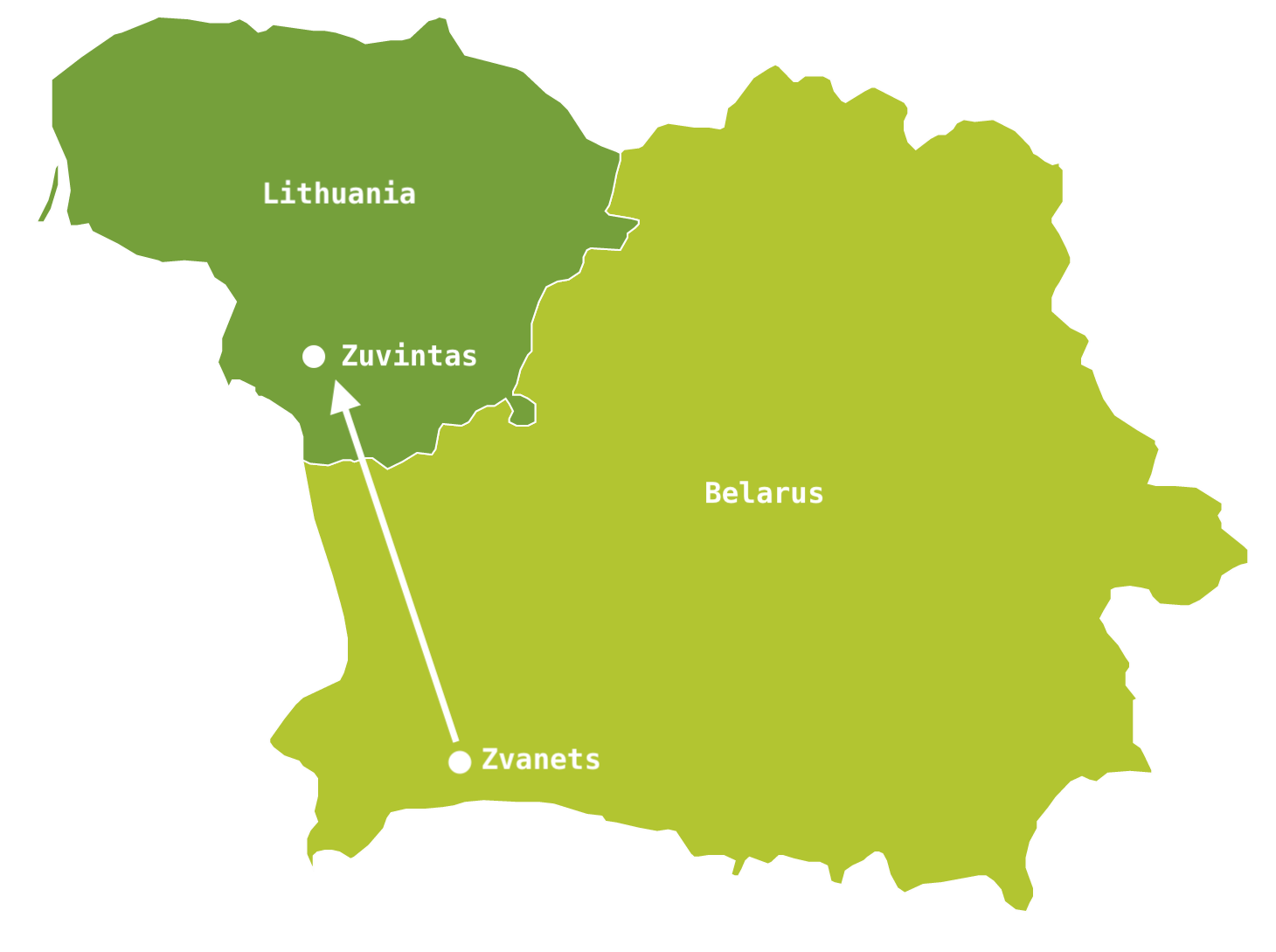
Last year an international team of scientists agreed that if one bird came back to Žuvintas, then the translocation method could be considered successful and if 10 % of the birds came back, then this method could be applied on the wider scale in other countries. Now the 3 returned aquatic warblers raise hopes for such success of the translocation method, especially because more birds could be heard around the area.
This year the environmentalists will carry out the translocation of the Aquatic Warbler from Belarus to Lithuania for the second time. This process will be reported on the website www.meldine.lt/en and on the Facebook page. A special video diary will be posted where the environmentalists will share the most important events.
A translocation of a species is applied only when it is not enough to restore natural habitats anymore and the population of the species is either completely locally extinct or is too small and isolated to restore naturally. Translocation is a very difficult method, which requires specific knowledge and experience, however, it provides hope to restore species which are on the verge of extinction. During translocation, 7-10 day old chicks are transferred to a new location where people raise them until the birds are ready to live in the wild independently. When the birds are approx. 30-50 days old, they memorise the location as their home and after spending the winter in the South, they come back to nest.
The translocation is carried out under Aquatic Warbler conservation project „LIFE Magni Ducatus Acrola“. The Baltic Environmental Forum Lithuania coordinates the process with the help of it‘s partners and international scientific advisory board.


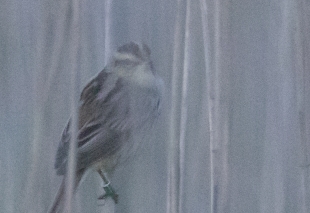
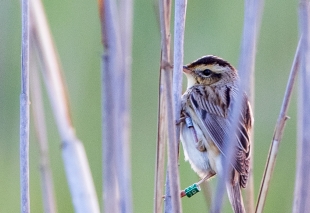
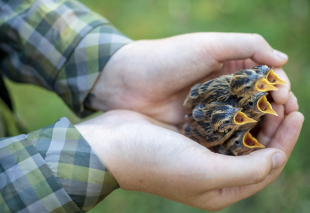










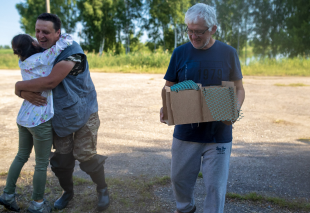
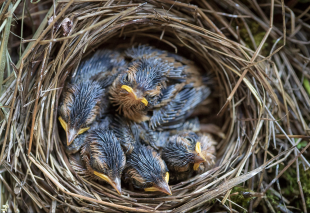
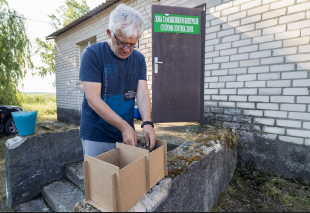









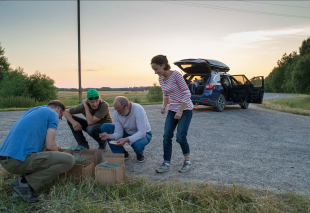

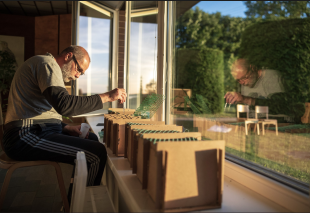



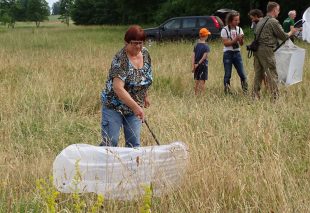











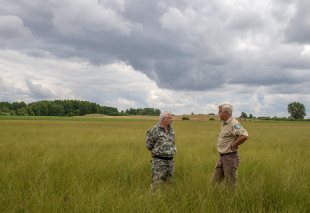







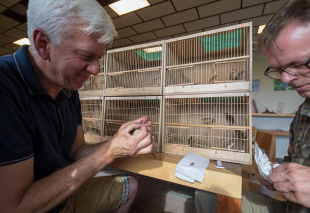




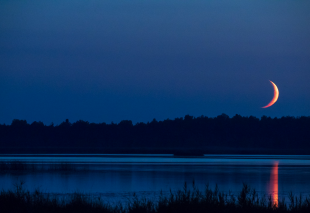

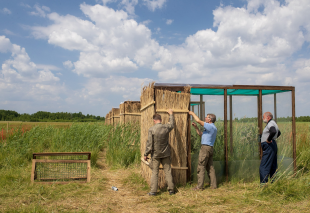



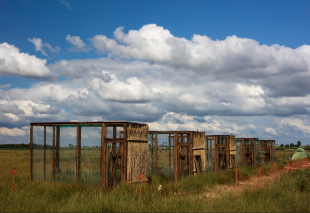
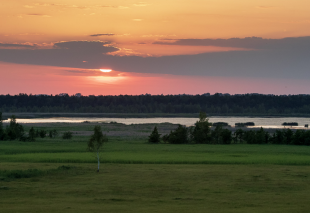




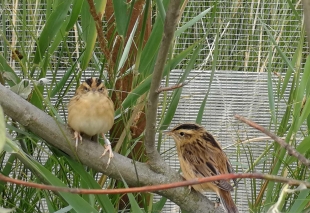










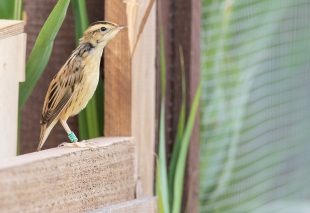
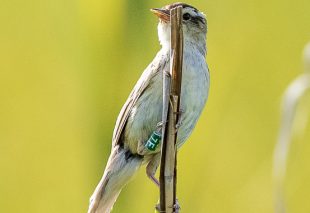


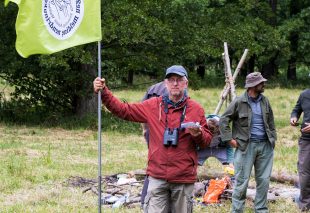


Reviews